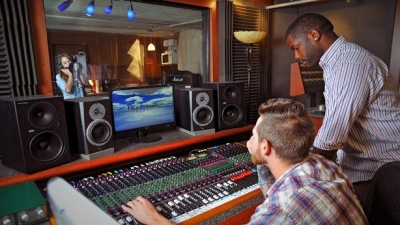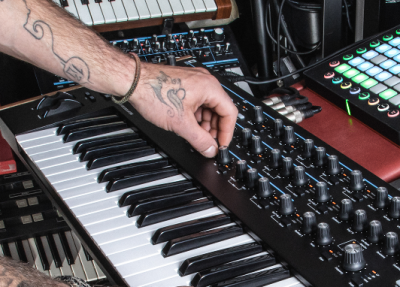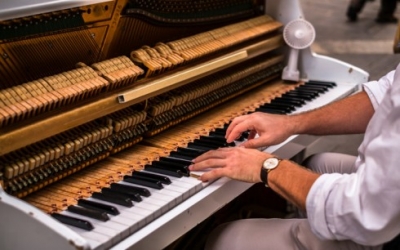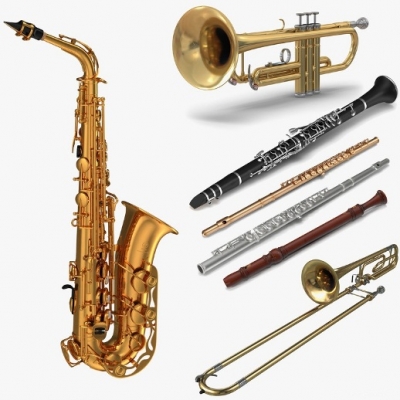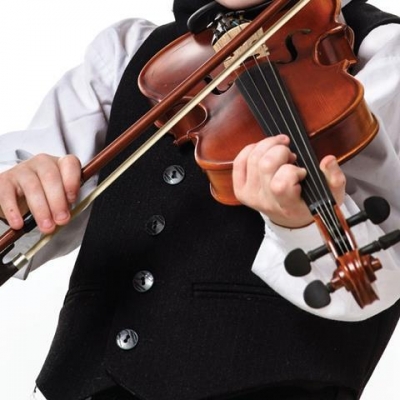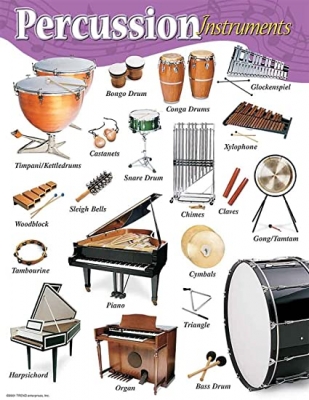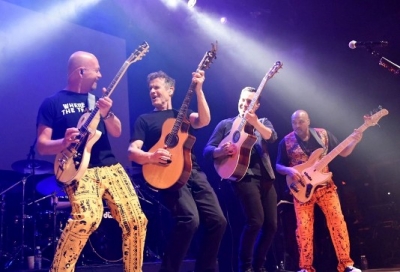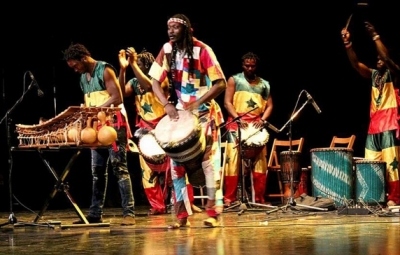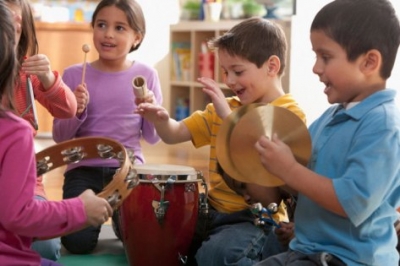What is Prokofiev known for?
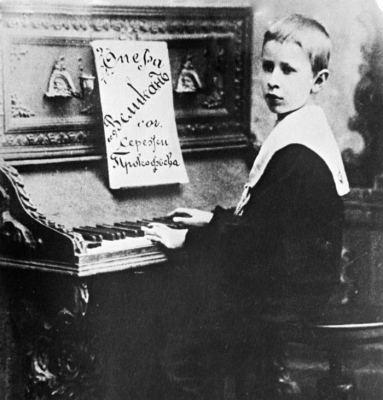
Prokofiev, the Children's Composer
Imagine composing songs for a play at age 9. Sergei Prokofiev did just that. Prokofiev’s play, The Giant, included marches and waltzes. It also told of an outlaw giant who became a king.
Sergei Prokofiev was born in 1891 in Ukraine, a country in Europe. (At that time, Ukraine was part of Russia.) Like most children, Sergei enjoyed fairy tales. But he considered them amusing rather than magical.
Prokofiev did not like popular tunes. He preferred music that surprised people and made them smile. He developed his talent for writing such music at the Conservatory, a music school in St. Petersburg, Russia.
In 1917, there was a revolution in Russia. A Communist government took over. The Communist rulers tried to control the arts as well as the government. So Prokofiev left Russia for the U.S.A. in 1918.
Within five years, orchestras in the U.S.A. and Europe were performing Prokofiev’s music. In 1927, the Communists welcomed Prokofiev’s performances to the Soviet Union, the Communist’s name for Russia. Nine years later, Prokofiev, his wife, and their two sons moved to the Soviet Union and settled in Moscow.
Soon after, Prokofiev wrote Peter and the Wolf for the Moscow Children’s Musical Theatre. He gave each character its own special music. Violins play when Peter takes the stage. Flutes announce the presence of a bird. An oboe speaks for a duck, and a French horn warns that the wolf is near.
Peter and the Wolf has been loved by children for years. It also helps children recognize the sounds of different instruments.
Picture Credit : Google
